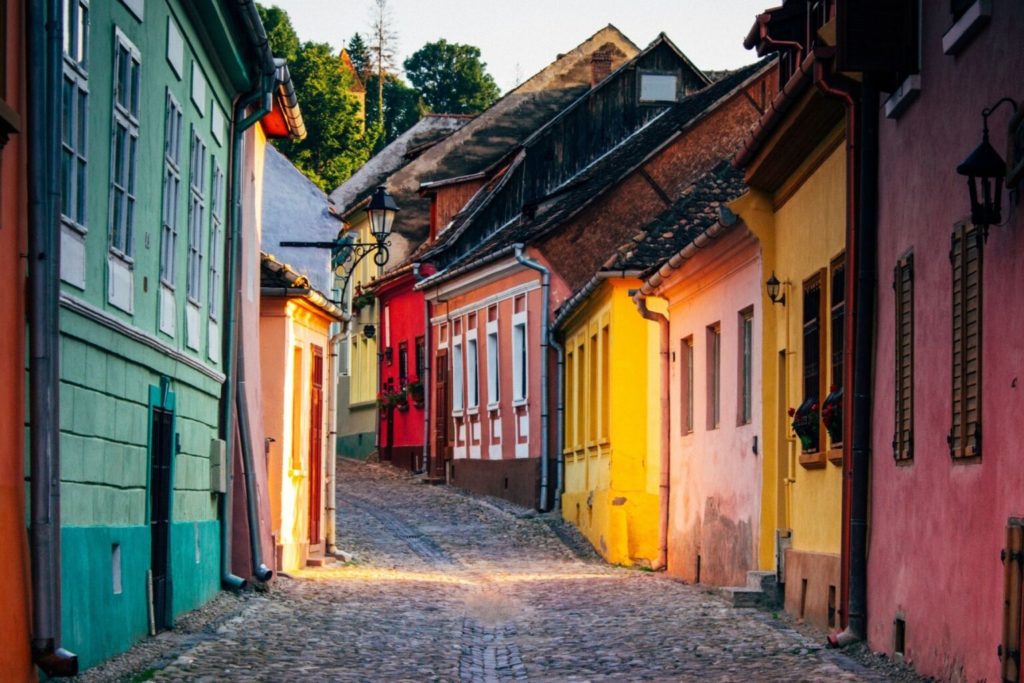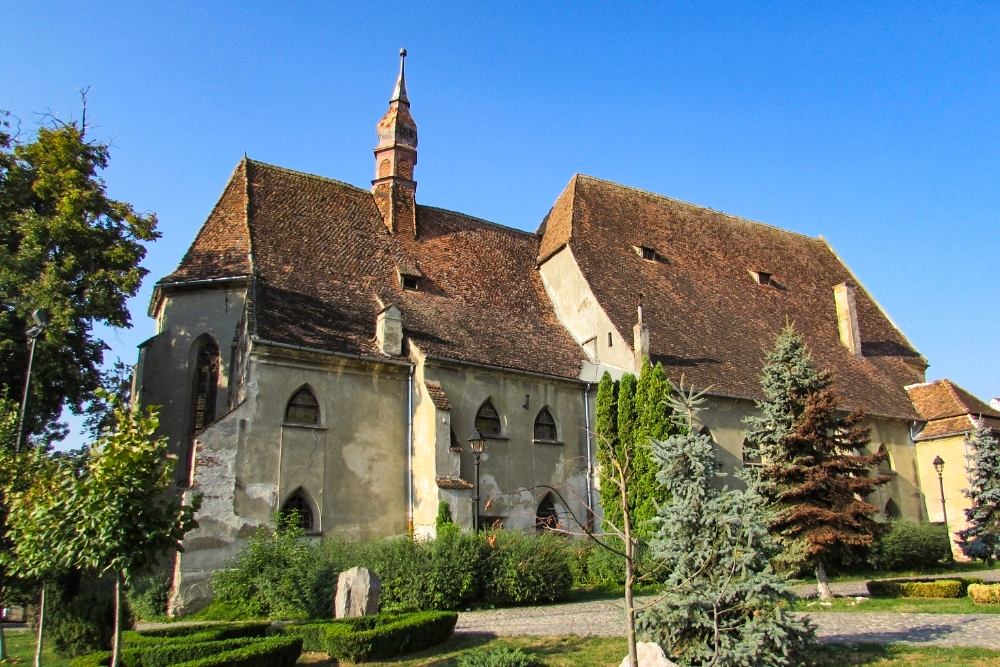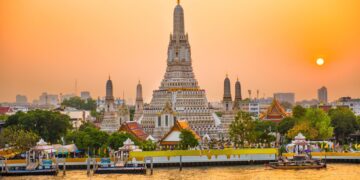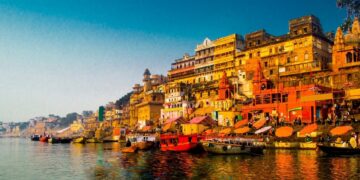Sighisoara is Romania’s best-preserved medieval town, a genuine Transylvanian tourist pearl, transformed in recent decades into a major attraction for Romanian and foreign tourists on holiday or traveling in the center of the country.
The city located in Mures county has a population of about 30,000 inhabitants and magnetizes its visitors with its historical center, included in the UNESCO World Heritage Site. Sighisoara was founded by German settlers (craftsmen and merchants) who arrived in Transylvania at the initiative of the Hungarian king Géza II. These were later known as the “Transylvanian Saxons.” The first documentary mention of the village comes from 1280, under the name Castrum Sex, which speaks about a settlement founded on the ruins of a former Roman castrum.

First fortified in 1350, Sighisoara has had a tumultuous history, including the birth of Vlad the Impaler (in 1431) and numerous attacks by various nations and groups, by plague epidemics or fires. More or less, all these interesting histories are found today in buildings and monuments in the old center of the village. For first-time travelers, here are 10 places to visit in Sighisoara, a mini-guide regarding what to do and what to see in the medieval jewel of Romania.
10 places to see in Sighisoara, Romania

Built in Gothic style between 1492-1515, on a former Dominican church of the 13th-century place, and attested in 1288, the Monastery’s Church (Klosterkirche, in German), located near the Tower with Clock, in the Fortress Square, is the oldest monument in Sighisoara.
The Church’s history is a tumultuous one, marked by the fire of 1676 when it was devoured by flames. It was restored, having three naves of equal heights, with a mix of styles on the inside, because of the numerous extensions and renovations carried out over time. The Gothic style was joined by a Renaissance frame, then another Baroque one, with the addition of the altar and organ.
The Monastery’s Church is an evangelical church, where visitors will discover at least two fascinating elements: a bronze font, dating back to 1440, made by master Jakobus (a famous bell tower) and the second-largest collection of oriental prayer carpets (after the one at the Black Church in Brasov) – 35 valuables, from the 16th and 17th centuries, originating from the Ottoman Empire and donated by the Saxon merchants who were trading with the Turks.



































